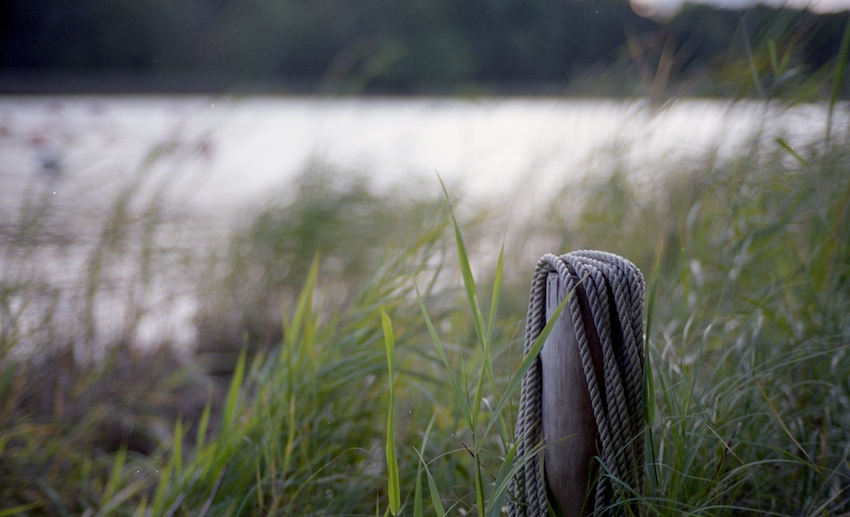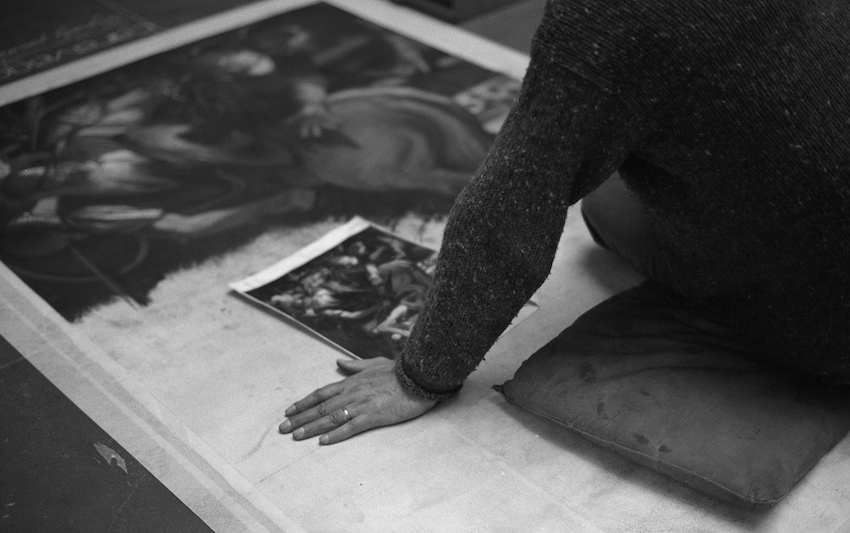sparrow6224
Well-known
I just read an exchange from a few weeks ago about the Sonnar, it's availability in a wide angle, the Biogon, etc. One commentator in that thread mentioned how the Rollei 35 struck him as having the characteristics more of a Planar lens than the Sonnar it putatively is. Now, I have been searching around in a desultory way to discover -- since I was considering sinking good money in a Canon 50mm f/15 instead of a more reasonable 50/1.4 Planar -- which is supposed to be slightly, just slightly, sharper, I've gathered -- to discover what the much desired "characteristics" of the Sonnar lens actually are. From the pictures people post and discussions with them, I feel a sense of kinship to the sensibility of the Sonnar freaks -- the pictures often have a look that I like, strong contrast that still achieves subtlety of values from top to bottom and a particularly rich set of values in the shadow areas -- suggestive dark grays and blacks. But what would you all say are these "characteristics" of the sonnar lens -- particularly at 50mm FL -- that people refer to but rarely define? And what are the differing characteristics of the planar?













